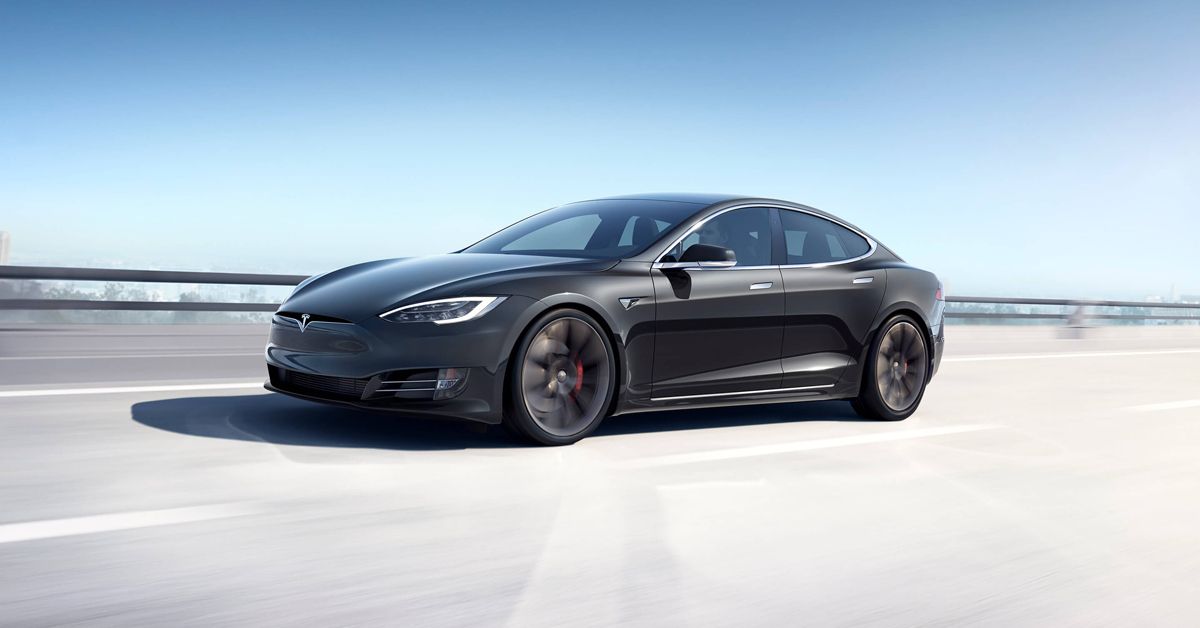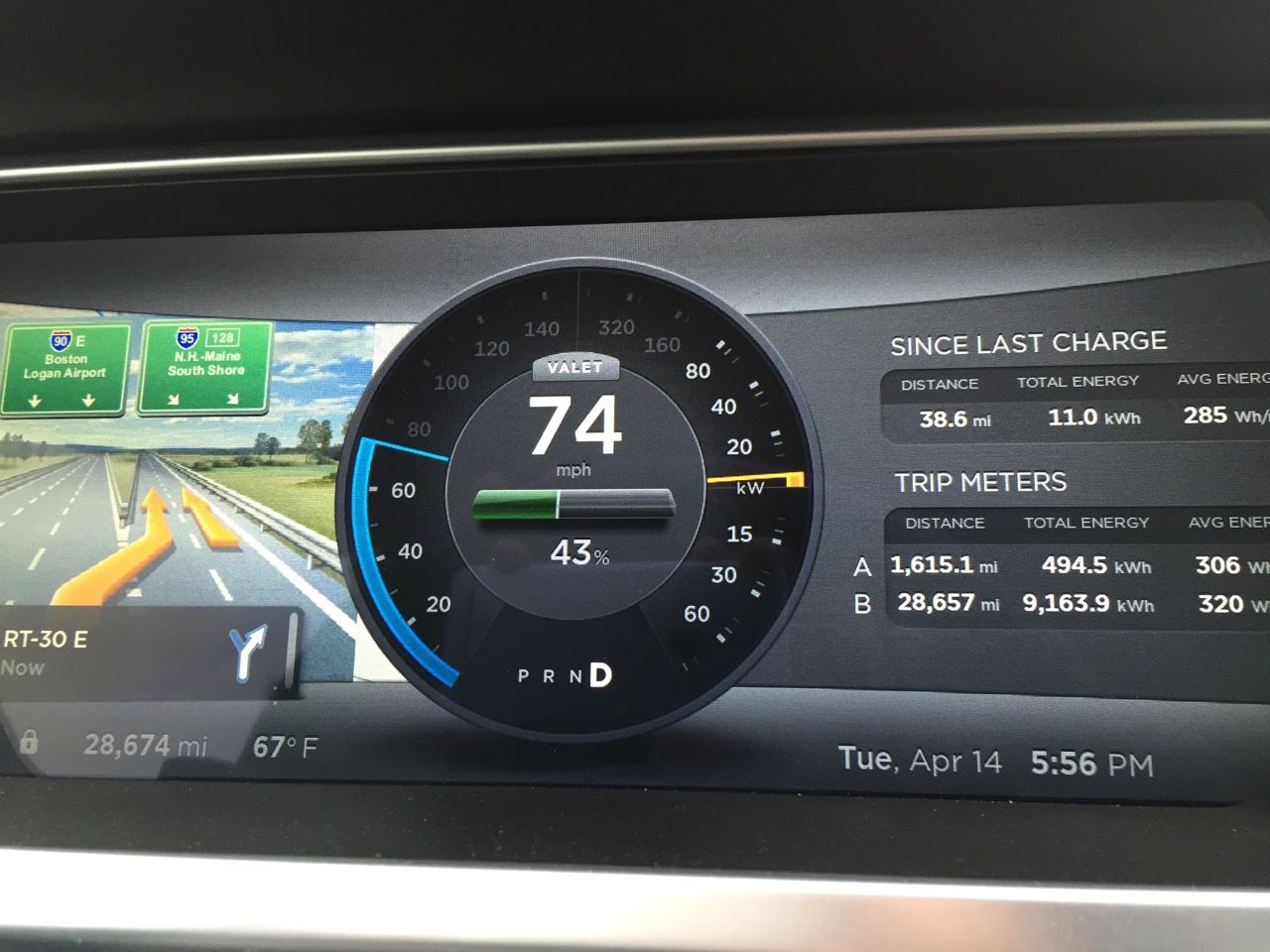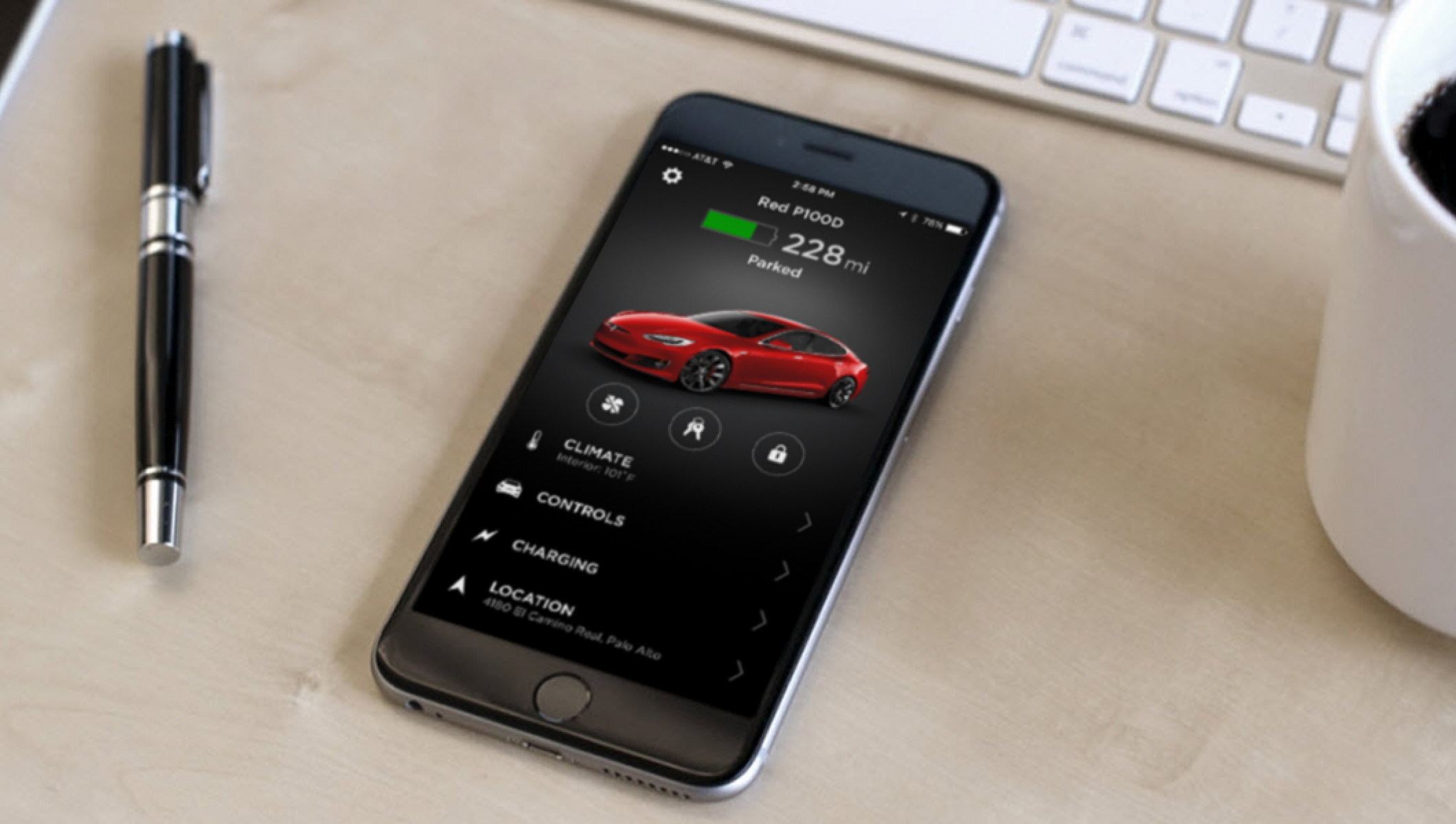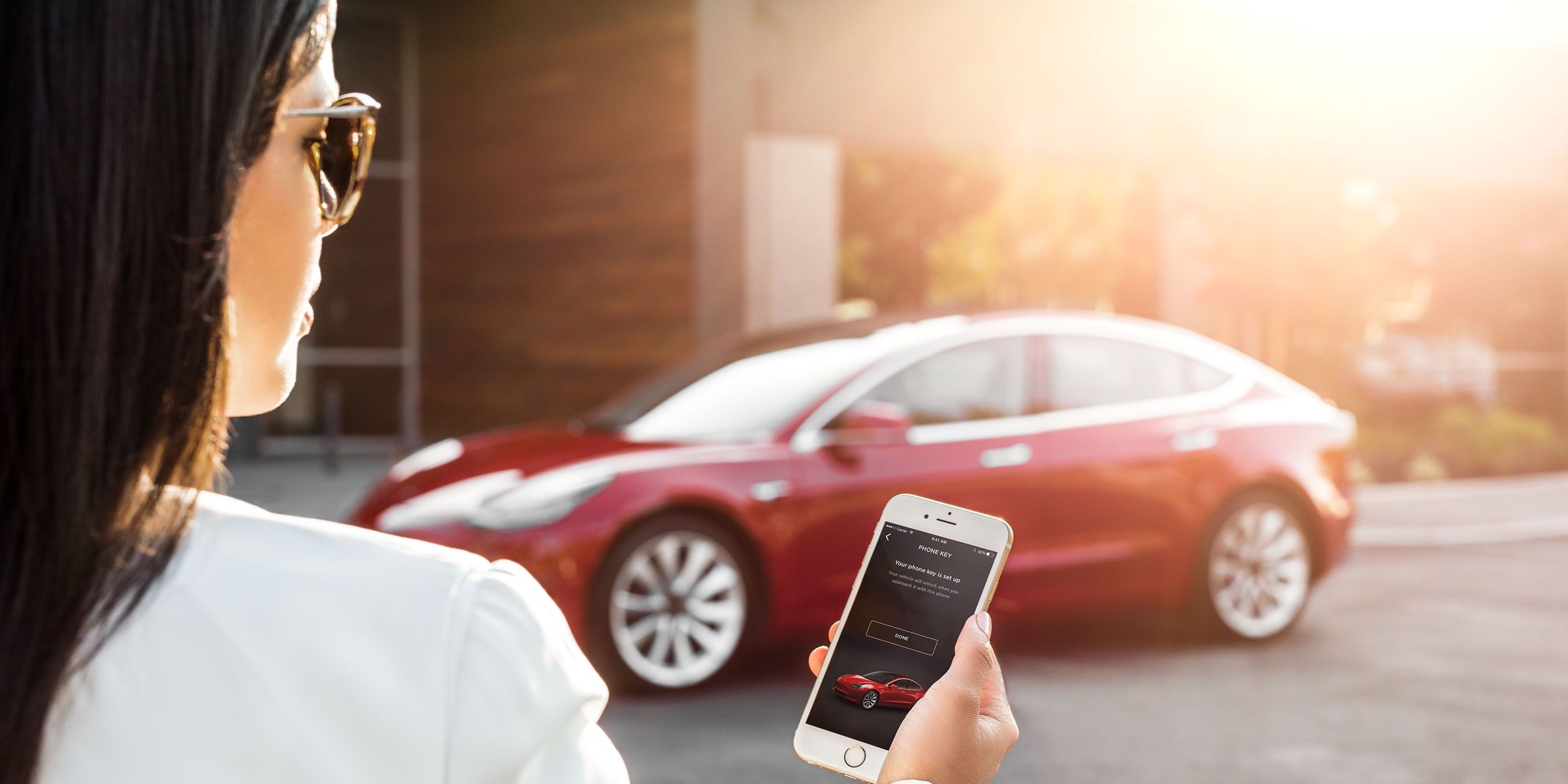In July 2020, an unnamed valet at La Cantera Resort in San Antonio, Texas, made headlines when he took a guest’s expensive Tesla Model S out for what he thought would be a high-speed spin. Unfortunately, it didn't go as planned, as he ended up driving the luxurious electric car straight into a concrete wall. The entire incident was captured by the Tesla’s dashcam. The more performance the car offers, and the rarer and more valuable it is, the greater the risk when it’s left in the hands of someone we don't know.
Updated February 2022: If you own a Tesla, or consider buying one, and want to know more about their Valet Mode, you'll be happy to know that we've updated this article to include the most recent information available in order to make it more accurate.
This is why manufacturers of luxurious vehicles and high-performance cars began offering valet keys that will limit the car’s speed, engine RPMs and, in some cases, restrict access to potentially sensitive areas such as the glove compartment or trunk. However, as the USENIX association proved in a 2013 report, there is one serious problem with them; valet keys can fall prey to hackers. Plus, there’s the more pedestrian downside of having to carry around an extra key and potentially risk losing it (unless you’re like the particularly devoted, and apparently sci-fi obsessed, Tesla Model 3 owner who made a splash last year for documenting the process of getting her valet key surgically implanted in her arm so that she could open her Tesla with her own body.)
Chevrolet offered an innovative concept that rendered that fiddly valet key moot: a completely virtual “Valet Mode” feature available on its 2014 Corvette Stingray. When activated, this industry-first technological system would enable the car’s owner to lock storage areas, disable the infotainment system, and record HD video when entrusting the car to someone else. Since then, other manufacturers of high-performance vehicles have adopted the Valet Mode, making it standard in their high-performance cars. Of course, Tesla wasn’t far behind either, as one might expect from an automaker that stakes its reputation on being on the cutting edge of technology.
In 2015, the American company introduced its own Valet Mode for the Tesla Model S as part of its over-the-air firmware update. And owners cheered — until it came time to use it, that is. Since the feature was first launched, Tesla owners have taken to internet forums and Facebook groups in an attempt to figure out exactly how to make the system work and to vent their frustrations.
In the pursuit of demystifying Tesla’s Valet Mode, here’s a rundown of how it works and how to use it.
What Does Tesla Valet Mode Do?
Basically, when the owner activates Valet Mode, Tesla’s operating system triggers a number of restrictions on the vehicle’s functionality. Most dramatically, the Valet Mode system will limit the car's maximum speed to 70 mph and cap acceleration at 25 percent, preventing the valet (or other unknown drivers) from enabling Tesla's notorious autopilot mode.
That's not all though, as other Valet Mode security features include the automatic locking of the glove box and front trunk, and it also blocks certain kinds of personal information from showing up on the Tesla’s display screen. It does this most notably by disabling the “places” function, so that the car owner’s home address, phone contacts, meetings scheduled in online calendars, and more, won’t display on-screen. Furthermore, as long as Valet Mode is engaged, Homelink access, Wi-Fi and Bluetooth settings, and Tesla's navigation functionality become disabled.
How To Set Up Tesla Valet Mode
We'd be lying if we said activating Valet Mode on your Tesla is an intuitive process — it most certainly isn't. However, the good news is that you don’t exactly have to be a computer whiz to figure it out either. If you want to turn Valet Mode on from the comfort of your driver's seat, the first thing you need to do is put the vehicle in park — Valet Mode won’t kick in if you’re still driving. Then, tap your profile name at the top of the main LCD screen. A drop-down menu will now appear, select the last tab, it should be labeled “Valet Mode.” If it's the first time you activate Valet Mode, the system will prompt you to enter a four-digit PIN. Once that's done, the screen should clearly display that Valet Mode has been enabled (and from now on, the car will automatically remember that PIN, so in the future, you’ll only be asked to punch it in when disabling the system.)
Additionally, if you've already parked your car somewhere and want to enable Valet Mode from a distance, it is possible to do so via the Tesla app on your smartphone. And to let someone else drive your Tesla while Valet Mode is on, all they have to do is insert the key card in the central console as usual. Finally, when your Tesla has been safely returned to your loving arms, make sure you disable the safety system before you take off, if not, you’ll be in for a very slow ride home.
The Pros And Cons Of Tesla Valet Mode
There's no doubt that Tesla’s valet mode offers enough safety features to give nervous owners peace of mind when handing their vehicles over to potentially untrustworthy hands. It even does so without anyone having to worry about seemingly old-fashioned keys getting lost. The feature is relatively easy to enable and disable (as long as you remember your PIN), and can even be a great option for parents who want to let their teens get in some safe, relatively risk-free driving practice.
Early on, however, Tesla owners complained that they couldn’t choose the speed limit themselves, as valet mode would always default to the factory setting at a maximum of 70mph. But in 2018, Tesla addressed this concern by rolling out yet another smart-car function; starting with the v8.1(2018.24.1) vehicle software update and accompanying mobile app update, it became possible for drivers to activate a “Speed Limit Mode.” This mode lets them set a max speed anywhere between 50 and 90 mph. Some are also concerned that Valet Mode doesn’t do enough to protect personal data, but many experts and owners expect Tesla to address this in future updates.
According to some Tesla owners, the main drawback to using the Valet Mode, however, is that actual valet drivers sometimes have a hard time figuring out how to get the car started when it’s in Valet Mode, and we have to agree this can be a real inconvenience.




